How long have residents of Birch Cliff been worried about the erosion of the Scarborough Bluffs?
Well, at least 86 years according to an article from the Toronto Star that was published on July 16, 1930.
There are some interesting points raised in this latest installment of our “Today in History” series commemorating the 100th anniversary of Birch Cliff Public School.
The main interview in the story, Dr. Frank Price, is quoted as saying that 100 feet of shoreline disappeared between 1910 and 1930.
The article later states that in some places, over a 50 year period, 168 feet of shore disappeared.
Lakefront Erosion Causes Concern Among Ratepayers
Action by Township Authorities to Protect Properties Is Demanded
CLIFFS FALL DOWN
Action by the Scarboro township authorities for the protection of the lakefront properties which are gradually being washed away by the waters of the lake is being strongly urged by residents in Birch Cliff neighborhood.
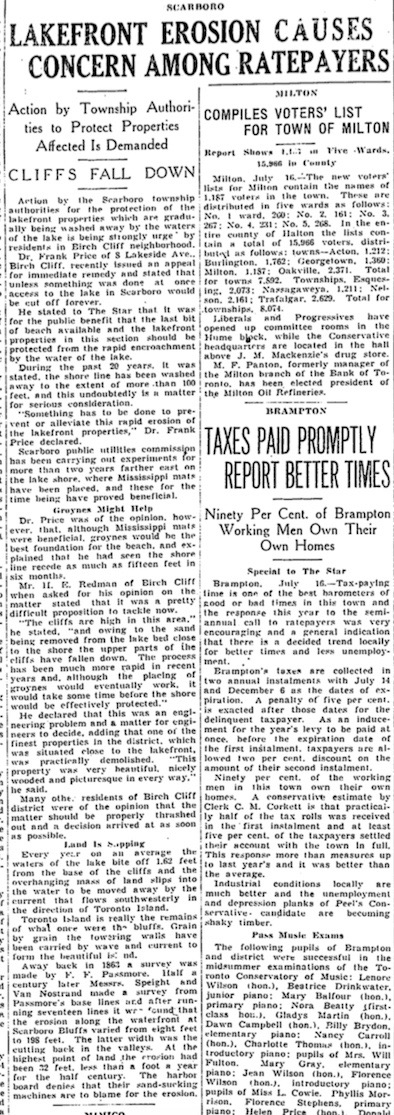 Dr. Frank Price of 8 Lakeside Ave., Birch Cliff, recently issued an appeal for immediate remedy and stated that unless something was done at once access to the lake in Scarboro would be cut off forever.
Dr. Frank Price of 8 Lakeside Ave., Birch Cliff, recently issued an appeal for immediate remedy and stated that unless something was done at once access to the lake in Scarboro would be cut off forever.
He stated to The Star that it was for the public benefit that the last bit of beach available and the lakefront properties in this section should be protected from the rapid encroachment by the water of the lake.
During the past 20 years, it was stated, the shore line has been washed away to the extent of more than 100 feet, and this undoubtedly is a matter for serious consideration.
“Something has to be done to prevent or alleviate this rapid erosion of the lakefront properties,” Dr. Frank Price declared.
Scarboro public utilities commission has been carrying out experiments for more than two years farther east on the lake shore, where Mississippi mats have been placed, and these for the time being have proved beneficial.
Groynes Might Help
Dr. Price was of the opinion, however, that although Mississippi mats were beneficial, groynes would be the best foundation for the beach and explained the he had seen the shore line receded as much as fifteen feet in six months.
Mr. H.E. Redman of Birch Cliff when asked for his opinion on the matter stated that is was a pretty difficult proposition to tackle now.
“The cliffs are high in this area,” he stated, “and owing the sand being removed from the lake bed close to the shore the upper parts of the cliffs have fallen down. The process has been much more rapid in recent years and, although the placing of groynes would eventually work, it would take some time before the shore would be effectively protected.”
He declared that this was an engineering problem and a matter for engineers to decide, adding that one of the finest properties in the district, which was situated close to the lakefront, was practically demolished. “This property was very beautiful, nicely wooded and picturesque in every way,” he said.
Many other residents of Birch Cliff district were of the opinion that the matter should be properly thrashed out and a decision arrived at as soon as possible.
Land Is Slipping
Every year on an average the waters of the lake bite off 1.62 feet from the base of the cliffs and the overhanging mass of land slips into the water to be moved away by the current that flows southwesterly in the direction of Toronto Islands.
Toronto Island is really the remains of what once were the bluffs. Grain by grain the towering walls have been carried by wave and current to form the beautiful island.
Away back in 1863 a survey was made by F.F. Pastmore. Half a century later Messrs. Speight and Van Nostrand made a survey from Passmore’s base lines and after running seventeen lines it was found that the erosion along the waterfront at Scarboro Bluffs varied from eight feet to 198 feet. The latter width was the cutting back in the valleys. At the highest point of land the erosion had been 32 feet, less than a foot a year for the half century.
The harbor board denies that their sand sucking machines are to blame for the erosion.
~~~~~~~~~~~~~~~~~~~
It seems Dr. Price was ahead of his time. It wasn’t until the 1980s that 50-foot groynes were built perpendicular to the shore to prevent erosion.
This is article is part of a community “Today in History” series commemorating the upcoming 100th anniversary celebration of Birch Cliff Public School, which is taking place on Sept. 23/24, 2016. To see other articles click here: 1927, 1929, 1935, 1935, 1951, 1993, 1796, 1991, 1983, 1988, 1985.

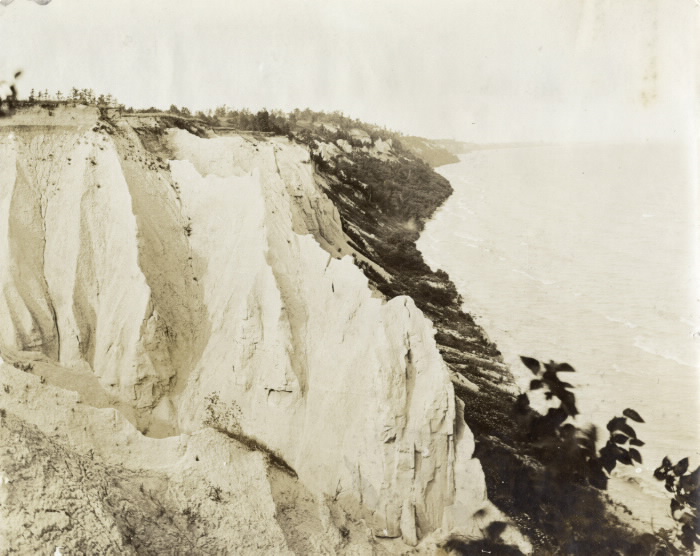
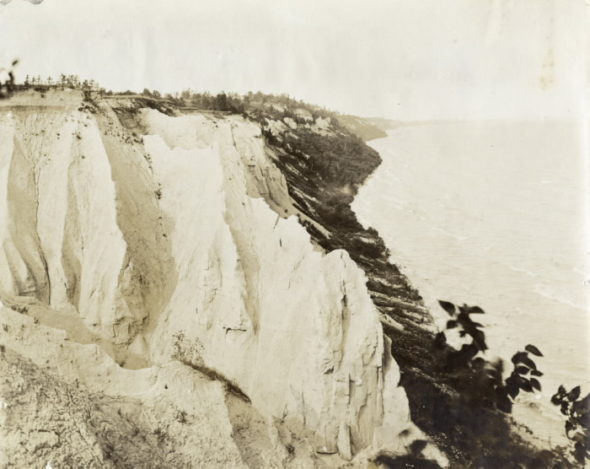
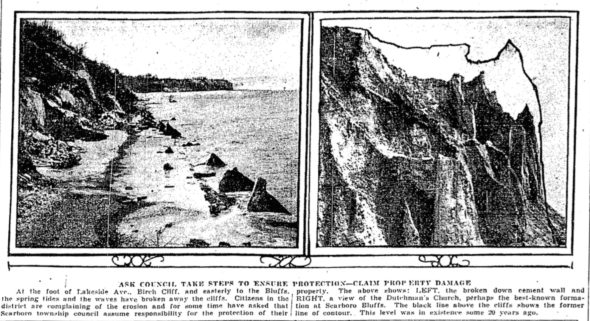
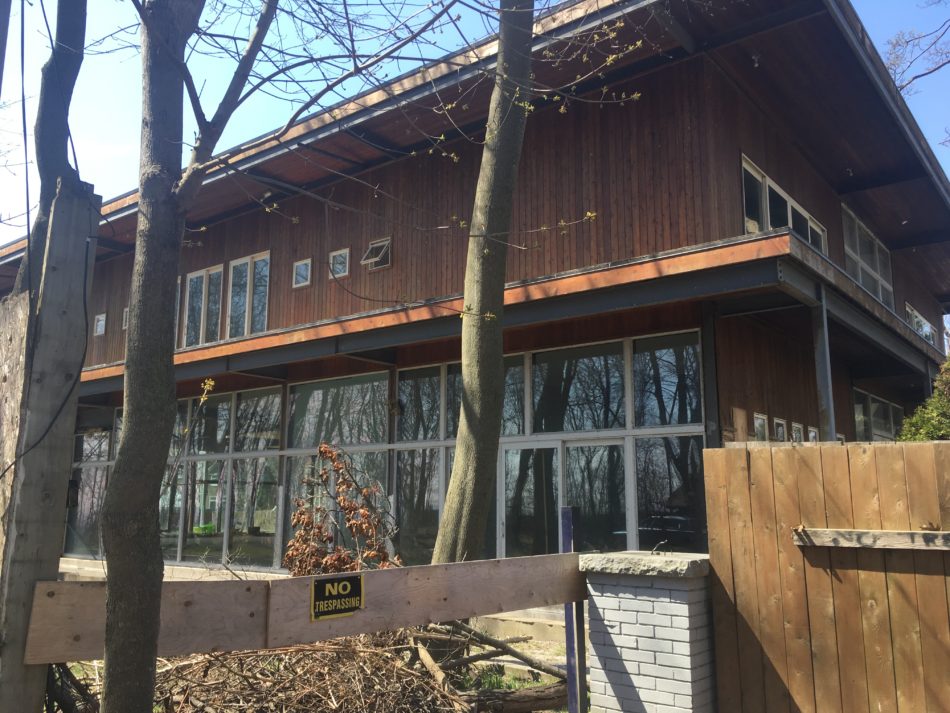

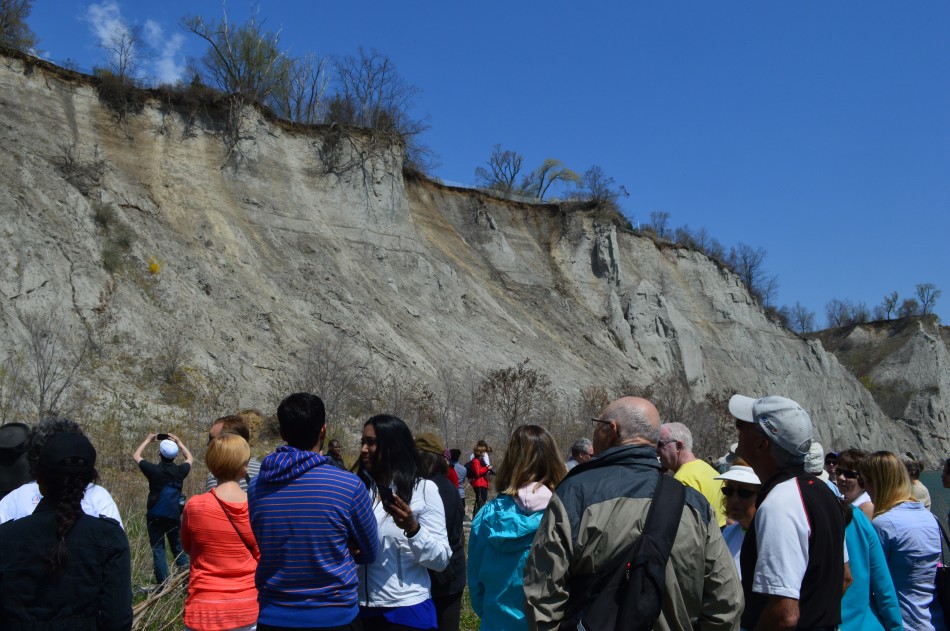



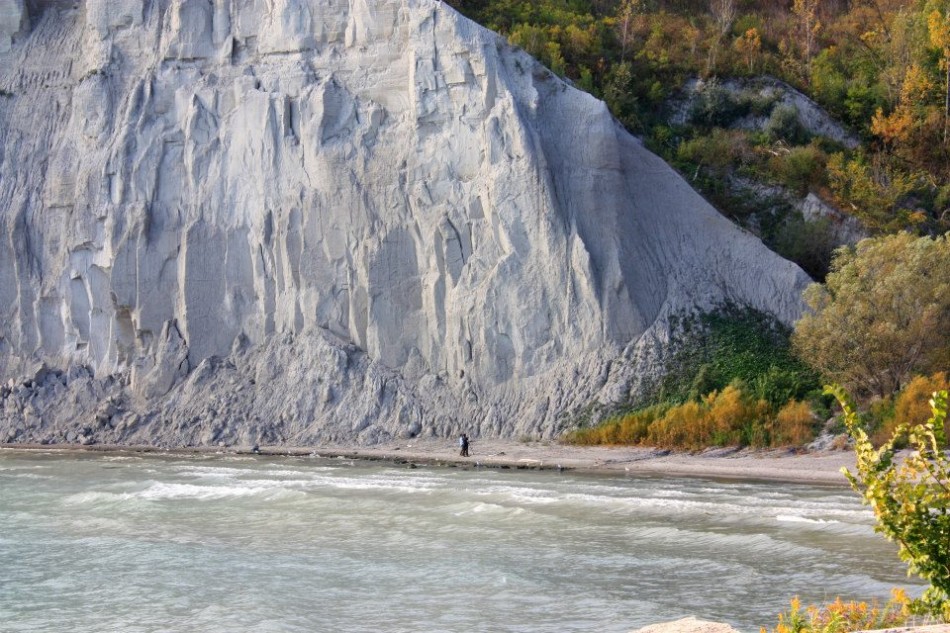
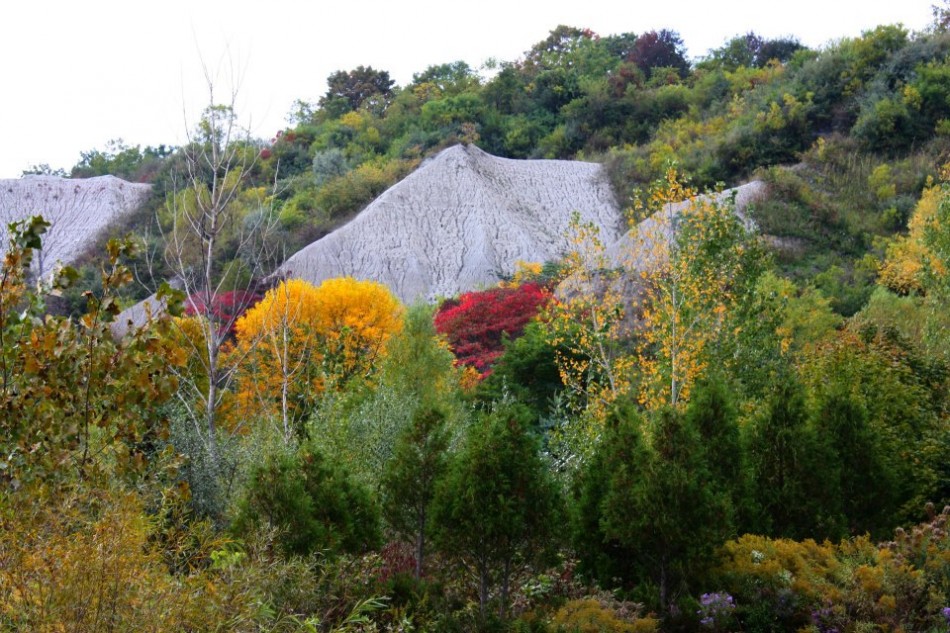
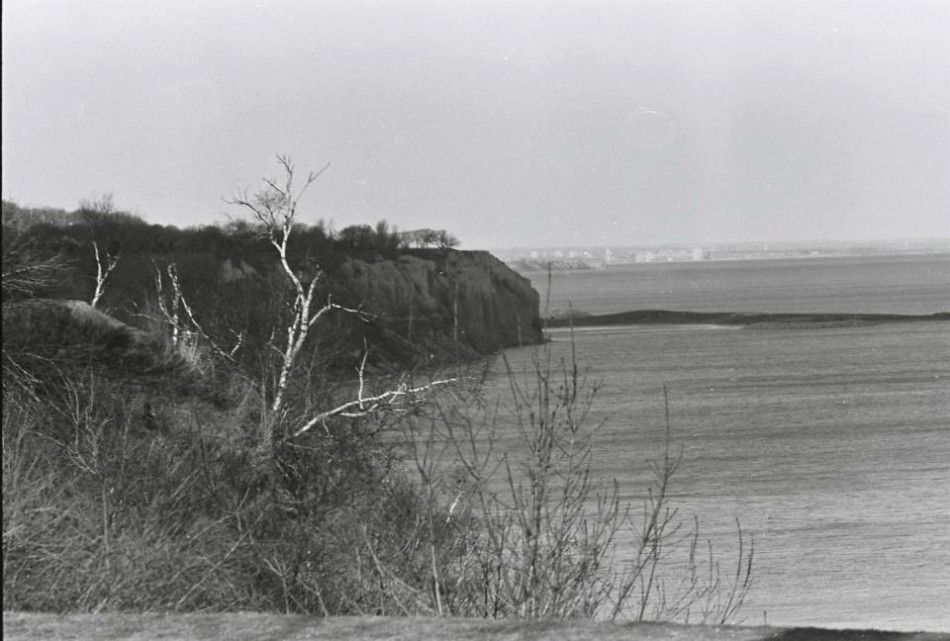
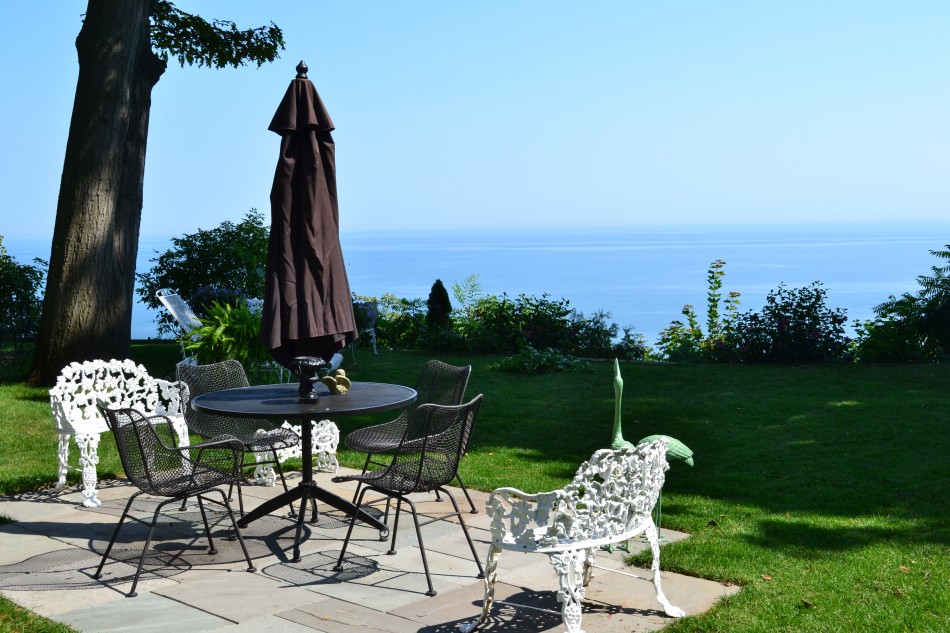
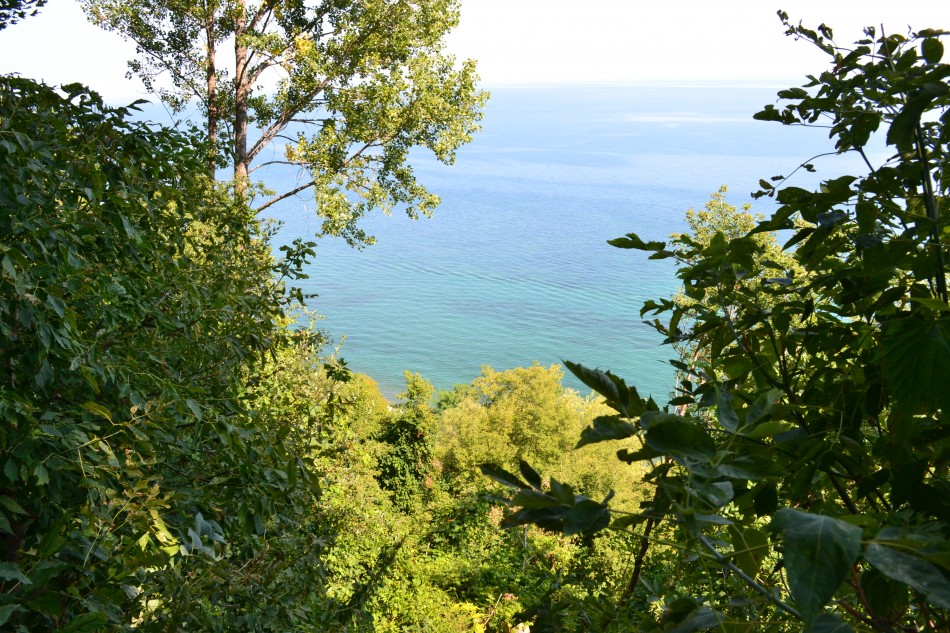
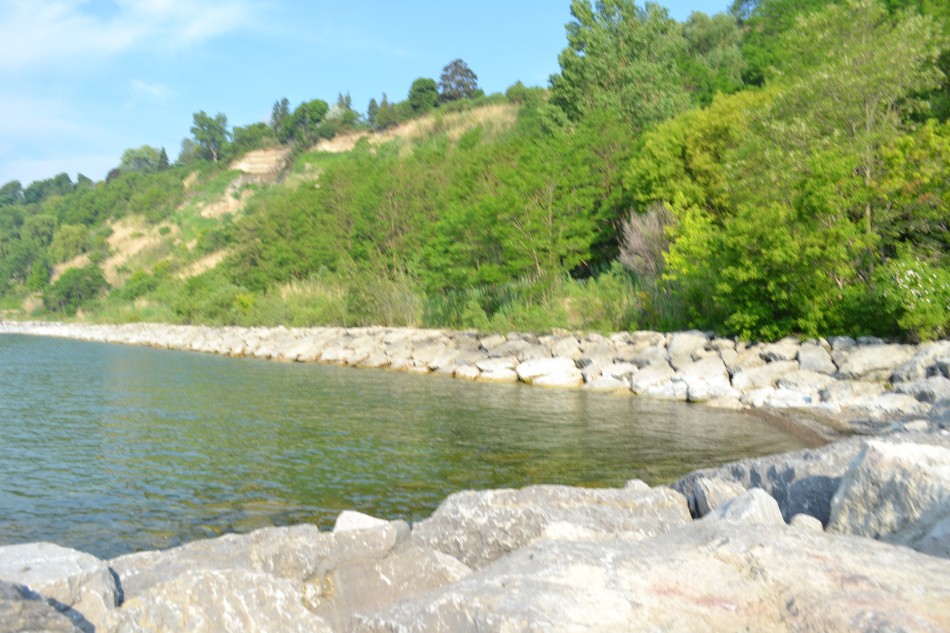
I remember Mr. Redman. In the early 1960s our group of gradeschoolers climbed the Bluffs,built forts and roamed the shoreline between Warden Ave.and Springbank. We helped the old man, who lived at the bottom of Birchmount, when he planted his cliff each Spring with strong vines and bush, hoping to slow more loss of cliffline. I delivered the Globe to the house he describes, next door to his, when it hung over the edge: an exhausted woodframe of 2 storeys, 80 years old, dark, with a porch wrapped around and a dozen big windows daring not even a glimpse at the air below. In my short time those two houses lost probably 3 acres of land…
Very interesting Kevin. Henry Redman was an influential figure in the early development of Birch Cliff. Around the turn of the last century, it was Redman’s idea to add a post office to Arthur Mitchell’s General Store. That post office was given the name Birch Cliff and ultimately it turned into the official name for our community. Some details here: http://www.birchcliffnews.com/birch-cliff-then-and-now/
Also, it is because of Henry Redman, in part, that we know as much as we do about Birch Cliff’s early history. In 1917 he gave the new principal of Birch Cliff P.S. a leather-bound journal with the notion that it would be used to document the history of the school and the neighbourhood. Much of what we know today came from that early journal. You can see Redman’s inscription from Dec. 31, 1917 here: http://wp.me/a2wRu3-2zx